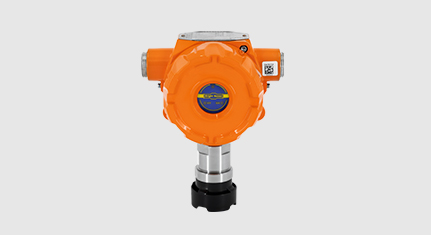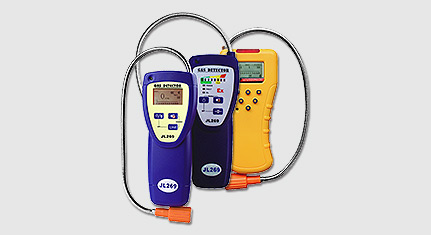Choosing the right portable 4 gas detector for wastewater plant workers
When facing unknown environmental hazards invisible to the body’s senses, a portable gas detector is the first line of defense for worker safety. Wastewater treatment processes produce a wide variety of toxic and combustible gas hazards that must be monitored on a continuous basis. In the larger, open areas, a fixed gas detection system is suitable; in confined spaces that workers enter and where gas may be present, portable gas detectors are more appropriate.
A wastewater treatment facility includes rooms, pipes, pumps, wells, concrete tanks and settling basins. The most common hazardous gases found in this type of facility are hydrogen sulphide, methane, ammonia, carbon monoxide, chlorine and oxygen deficiency.
Why choose a portable 4 gas detector
Hazards posed by gases can be classified into three categories: toxic, asphyxiating and combustible. Four gas detectors are typically configured with 4 sensors to address each of these scenarios for a given worksite or scenario.
The E4000 Four gas detector features a powerful built-in pump, rugged electronics for the harshest conditions, simple operation, quick calibration, and robust sensors for long life. The unit can be configured to monitor up to four gases in several combinations, including the detection of hydrocarbons in the % Vol, % LEL, or ppm range, oxygen content, and a choice of one or two toxics(such as basic 4 gas CH4, O2, H2S and CO).
If a gas detector finds unusually high levels of gas present, it triggers an alert to notify anyone who is close by.
Share:
Read More
- Everything You Need to Know About Handheld Combustible Gas Detector
- Choosing the right portable 4 gas detector for wastewater plant workers
- Portable 4 gas detector in oil drilling platform increases safety
- What is ammonia gas detector and how does it work?
- Ammonia Gas Leak Detection in Oil and Gas Industry
- >>Previous: Using portable CO2 gas detector in the brewing industry
- >>Next: Choose the right portable multi gas detector for your job



